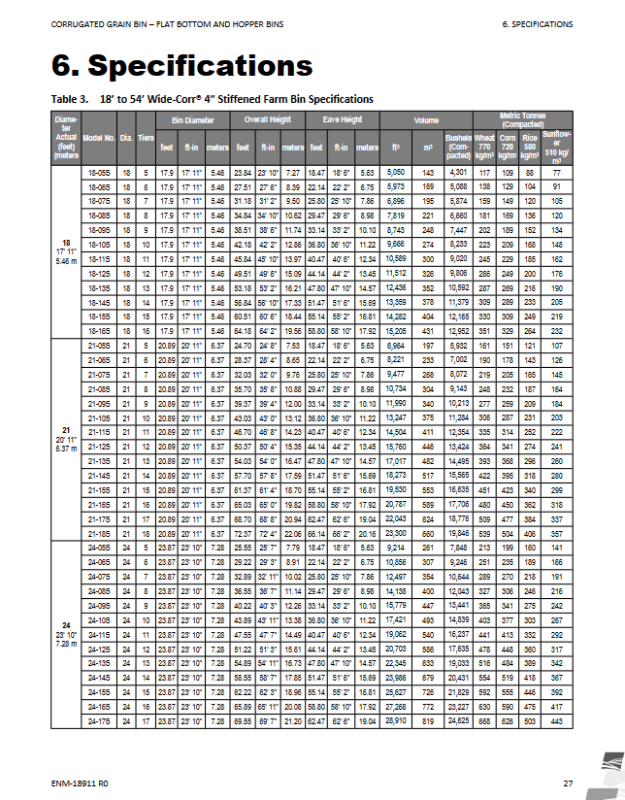SMAJ
Structural
- Apr 16, 2010
- 4
I've been searching for a reference for the design of corrugated steel bin design and cannot find anything other than a paper written in 1909. Lots for straight wall bins; lots of vendor adds and links to erection manuals; surely there is a widely accepted basis for the design of corrugated steel bins.


